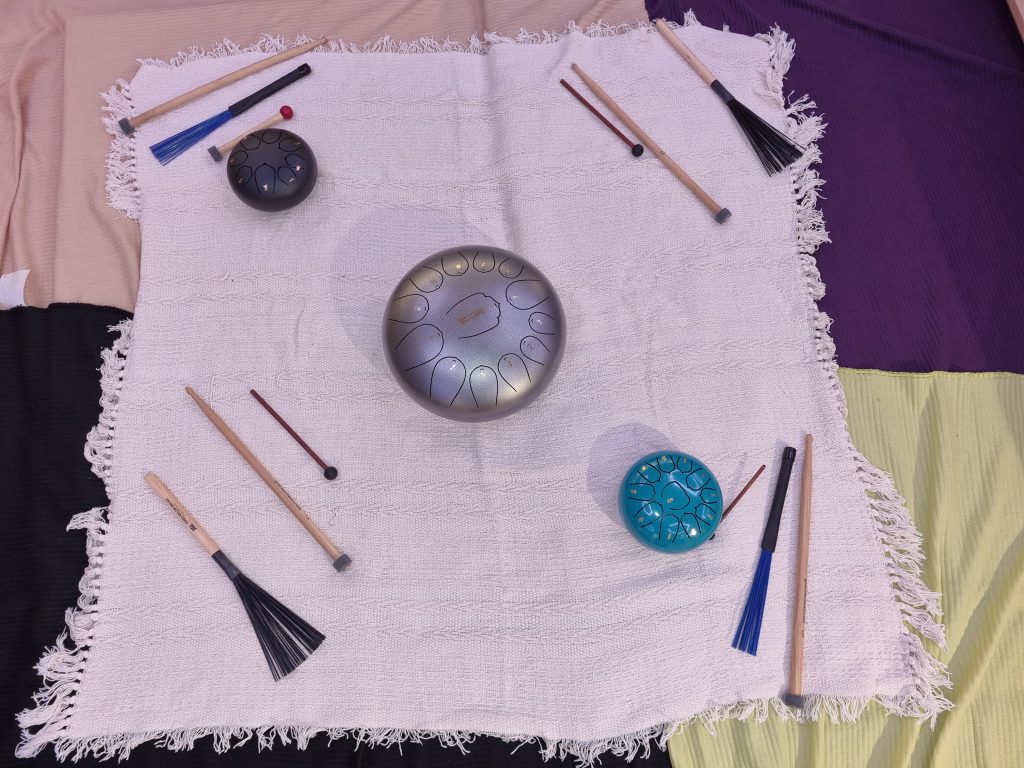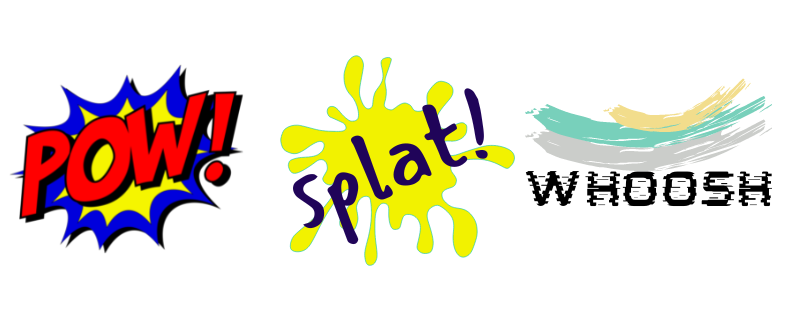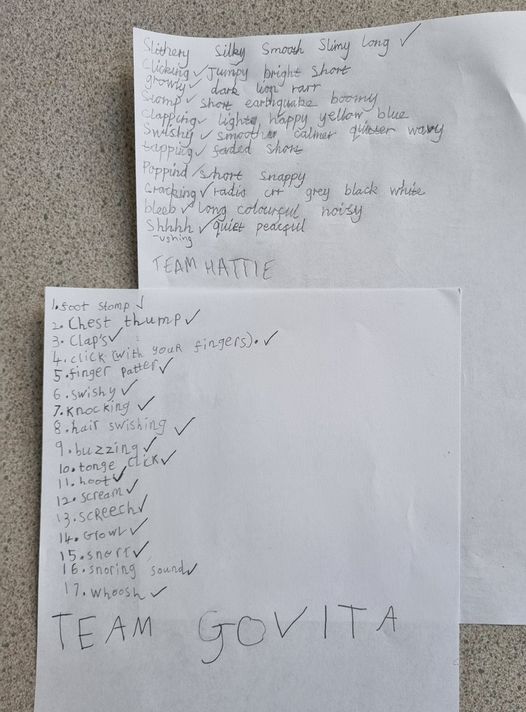
Over the years, it has been an absolute pleasure and honour to be able to contribute Rhythm Circle music sessions to IYAP ( Inclusive Youth Arts Programme at the Attenborough Arts Centre) both online and in-person.
Last Sunday on 28th April, I brought along my newest musical toys (tongue drums) to share with the young people who attended two IYAP sessions. Tongue drums are simply one of the most useful instruments for music workshops. These versatile instrument are tactile, incredibly robust and immediately playable. They were especially useful for young people with PMLD (Profound and Multiple Learning Difficulties) as they only neede the gentlest little tap to make a sound.
Larger tongue drums give deeper pitches which are the best for feeling vibrations. The smaller ones can only make higher pitches which some young people preferred. We placed the tongue drums on backs, tummies, heads, knees to feel its vibrations. We then explored the timbres made by using different beaters with felt / rubber heads and the swishy sounds made by drum brushes. Did you know that you can pop in small rubber balls into the cavity of the tongue drums? The balls make lovely soft chimes if you roll them around. A great way to create some aleatoric music (music created by chance elements).
Tongue drums also tempt players to indulge in a spot of spontaneous musical composition. The tongues are numbered and players can easily make up sound patterns using the numbers as a visual aid.
I am already looking forwards to my next visit in June 2024 – can’t wait to build on the musical explorations started last week. Perhaps we should measure the duration of sounds made by the tongue drums….
The Inclusive Youth Arts Programme provides activities for children and young people with complex needs and disabilities. The Attenborough Arts Centre has been supporting families with special needs for over 20 years and has an amazing year-round programme of events.


